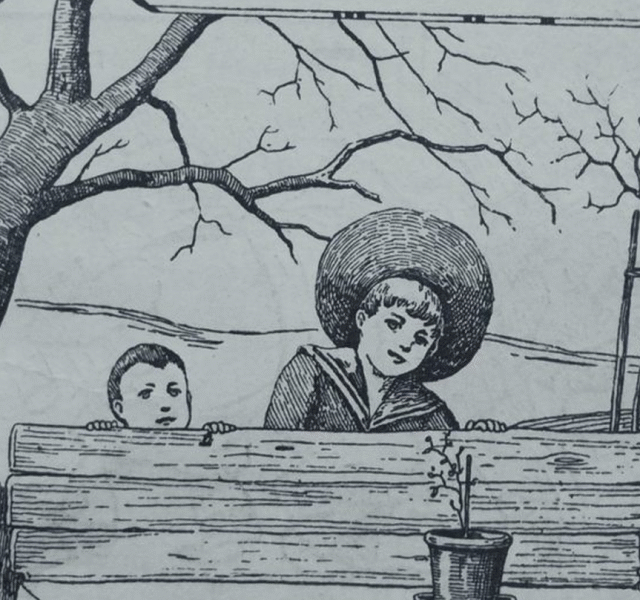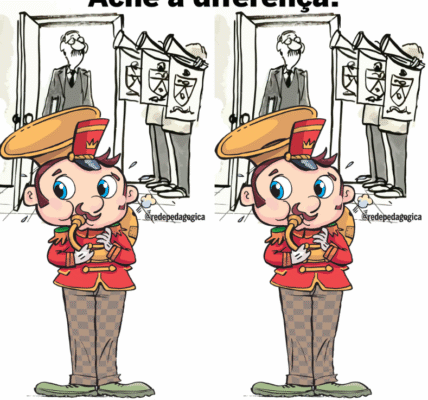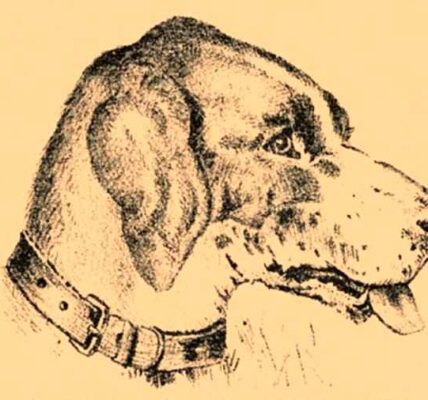The Hidden Face Illusion: Can You Spot the Surprise in This Vintage Scene?
A Curious Vintage Drawing That Hides More Than It Shows
At first glance, this illustration seems to capture a simple moment—two children peeking over a rustic bench with a potted plant in front of them. The scene is quiet, almost nostalgic, sketched with delicate lines that feel straight out of a 19th-century book. But take a closer look—there’s more going on here than meets the eye.
What makes this image so special? It hides a clever illusion that only the most observant eyes will catch. The question is: can you spot the hidden face?
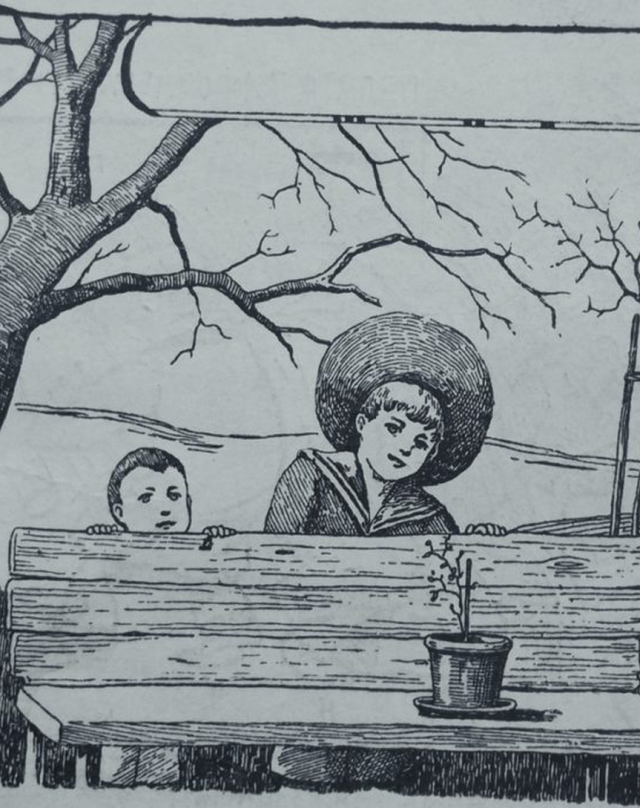
More Than Just a Sketch: A Classic Visual Riddle
These types of drawings are known as hidden image illusions, where one image subtly transforms into another, depending on how you focus your eyes. They’ve been around for centuries—used in puzzles, art, and early advertising—but they still manage to trick modern minds.
This one’s particularly clever. It doesn’t use color or shadows to fool you. It’s all done through clever line placement and the positioning of everyday objects. The result? A scene that tells two stories at once.
Spot the Hidden Face: The Illusion Revealed
Here’s your challenge: find the hidden face in the image. Hint—it’s not any of the children.
Let your eyes drift back and forth for a moment. Don’t focus too hard. Now shift your perspective—look at the overall shapes, not the details.
Do you see it?

Yes, the entire upper half of the image forms a large face! The tree branches act as strands of hair. The boys’ hats and heads make up the eyes. The plant becomes the nose, and the bench slats cleverly mimic the lines of a mustache and mouth.
Suddenly, what looked like a charming old-timey snapshot reveals itself as a composite portrait—a hidden person staring straight at you from within the scene.
Why This Optical Illusion Works So Well
You may wonder: how did I miss that face at first?
That’s exactly what makes this drawing brilliant. It leverages a concept called gestalt perception—the brain’s tendency to interpret parts of a whole as separate objects until it suddenly reconfigures them into something new. When you first look, your brain locks onto the obvious story: two children behind a bench.
Only after enough visual cues align does your mind say, “Wait… that’s a face!”
This switch in perception is the essence of all great optical illusions—it’s like flipping a switch in your brain and seeing a completely different reality.

The Timeless Appeal of Hidden Picture Puzzles
This kind of artwork isn’t just about tricking your eyes. It taps into something deeper—the joy of discovery. That feeling of satisfaction when you finally spot what’s hidden is a tiny rush of dopamine. It’s the same reward your brain gets from solving a riddle, unlocking a mystery, or winning a game.
Here’s why people keep coming back to these puzzles:
- They sharpen visual awareness: The more you solve, the quicker your brain becomes at noticing subtle patterns.
- They boost creative thinking: You’re forced to see things from a new angle—literally.
- They offer stress-free problem solving: Unlike complex logic puzzles, these are lighthearted and relaxing.

Tips to Spot Hidden Images Faster
Want to level up your illusion-spotting skills? Here are a few quick tips:
- Step back from the image. Sometimes distance helps you catch the bigger picture.
- Blur your focus. Let your eyes go soft—you may see outlines more clearly.
- Flip the image upside down. A change in orientation can reveal hidden symmetry.
- Look for symmetry and face patterns. The brain is highly tuned to recognize faces—even from minimal visual information.
Why This Illusion Feels Like a Vintage Magic Trick
There’s something magical about the simplicity of this artwork. No modern tricks, no Photoshop—just ink, lines, and creative genius. It reminds us that even in the age of digital distractions, a piece of thoughtful design can still surprise and delight us.
It also hints at something profound: perspective is everything. What you see depends on how you look—and sometimes the bigger truth is hiding in plain sight.
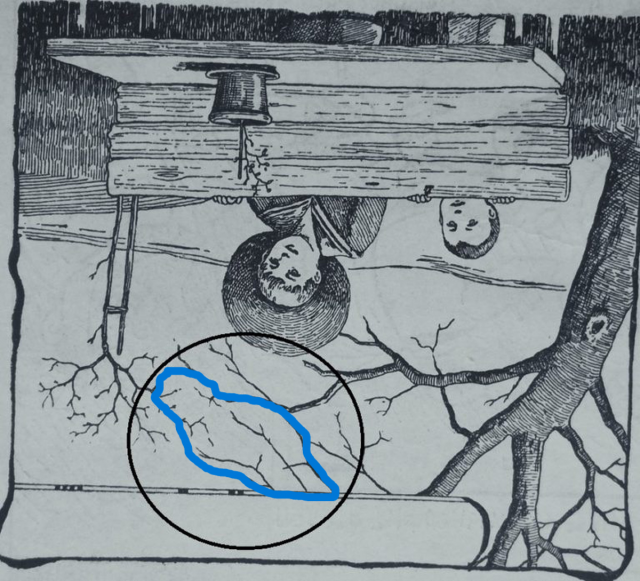
Conclusion: A Picture Worth a Second Look
This charming vintage scene isn’t just a drawing—it’s a visual puzzle wrapped in nostalgia. By hiding a face within an ordinary moment, it challenges us to pause, observe, and look deeper. It’s a playful reminder that the world is full of hidden wonders—if we take the time to notice them.
So next time you’re looking at something familiar, take a step back. Shift your focus. You might just discover a whole new face staring back at you.
